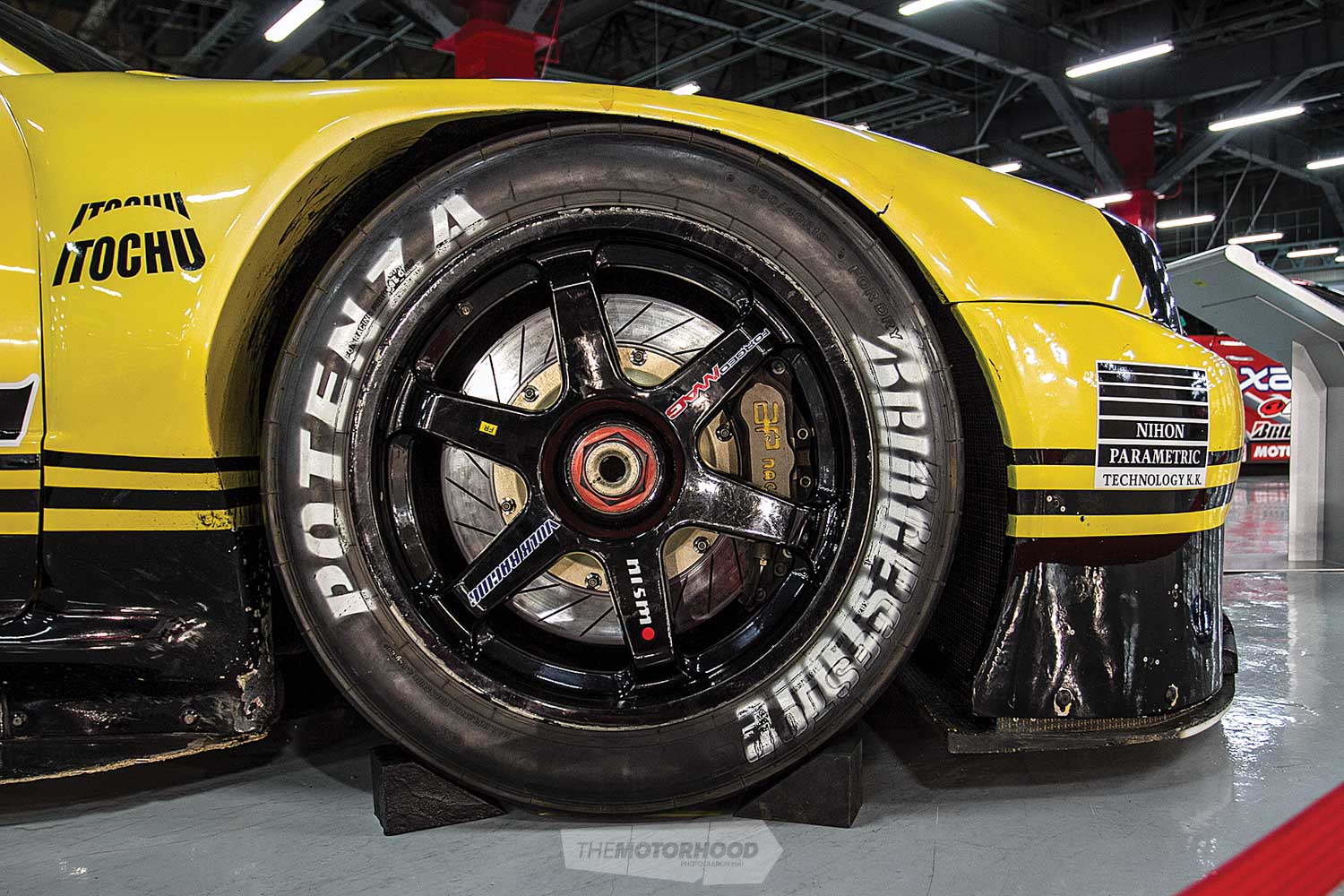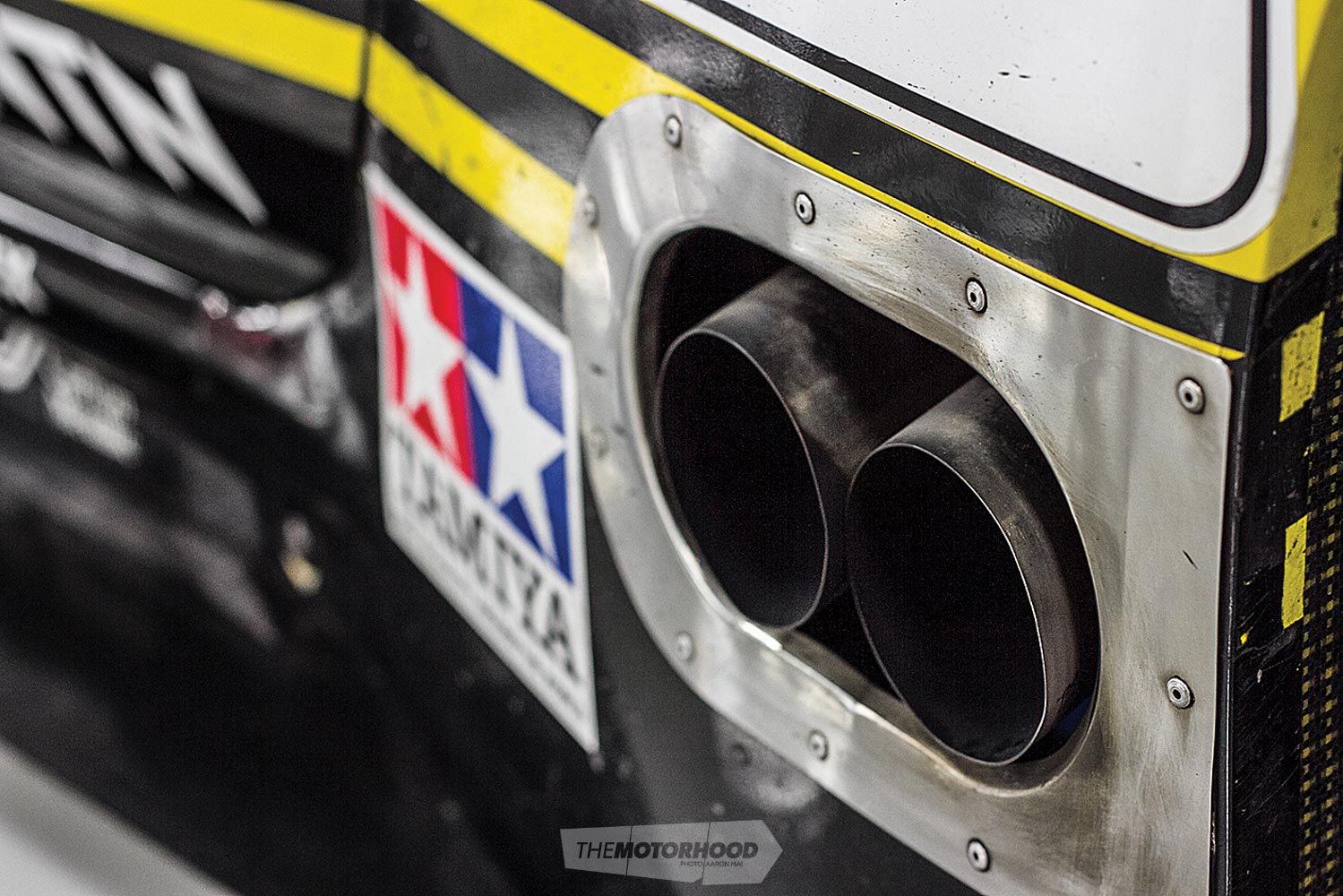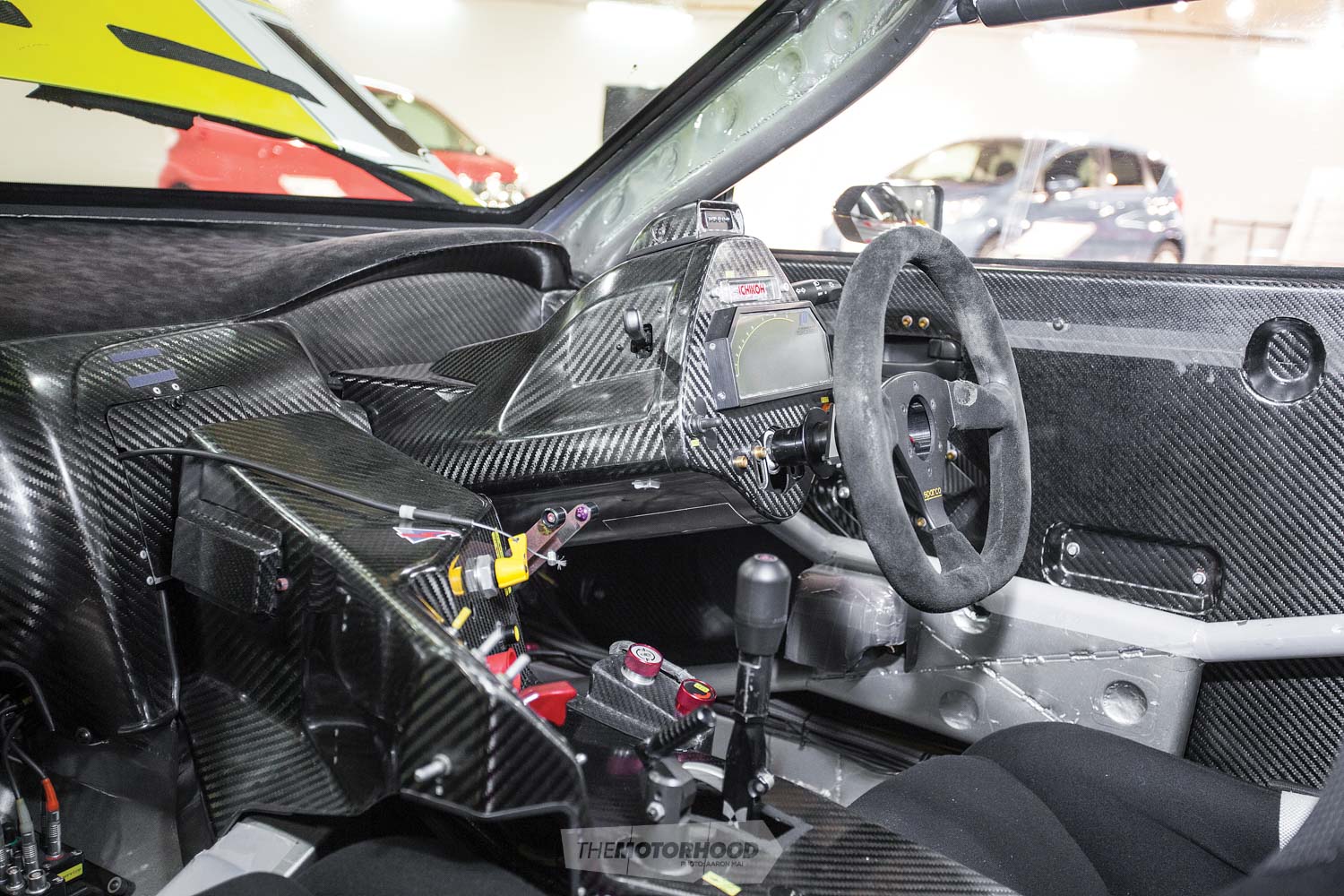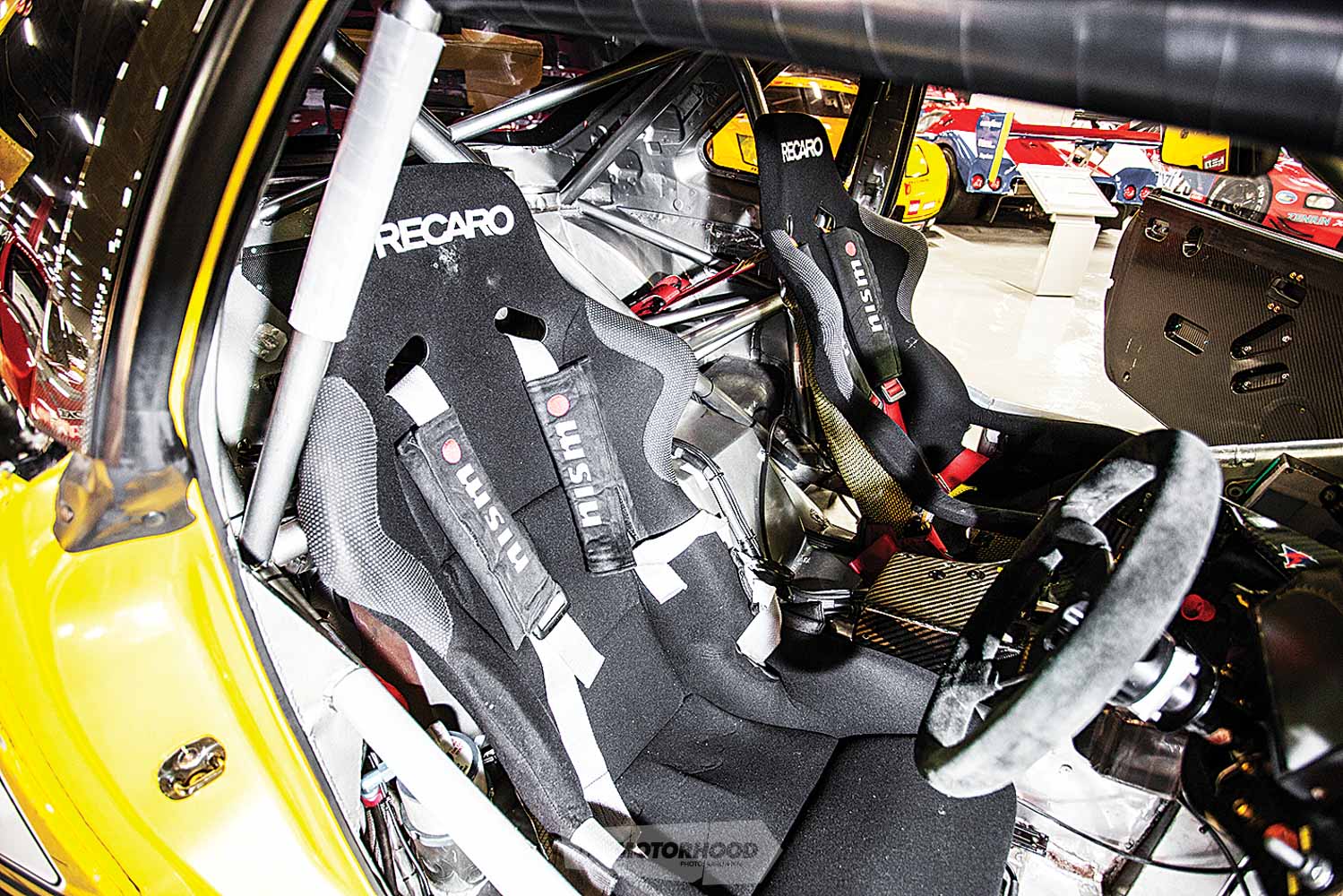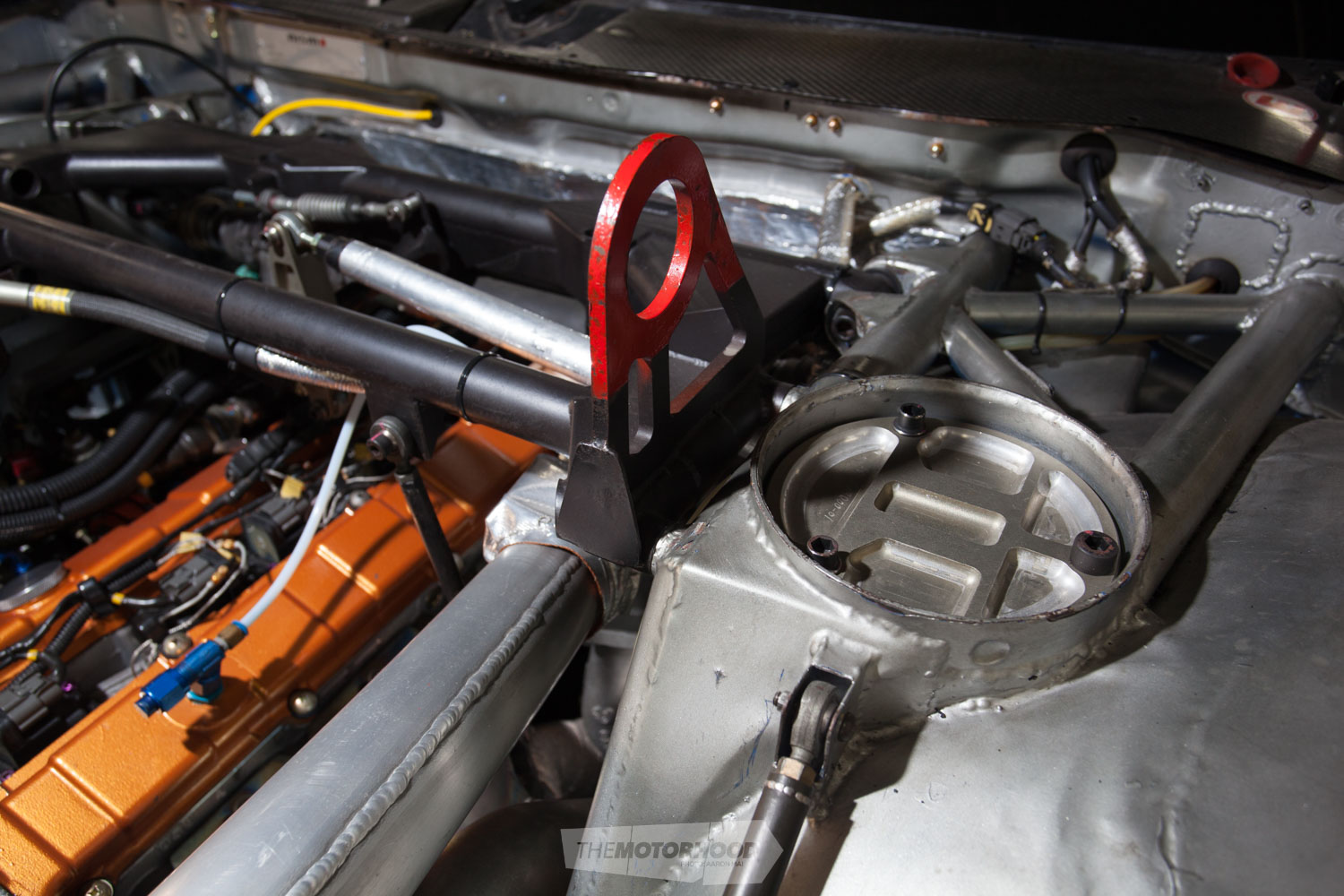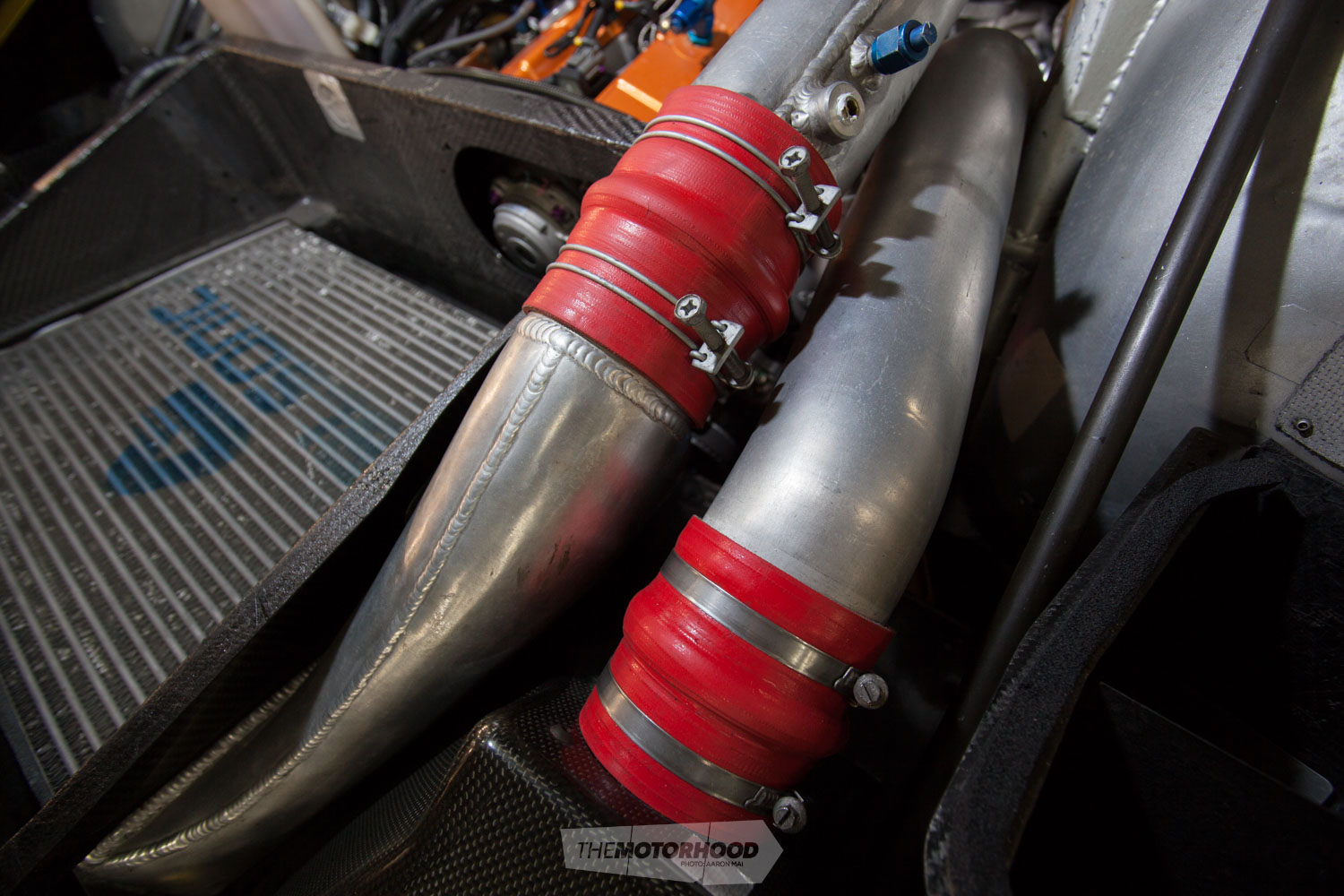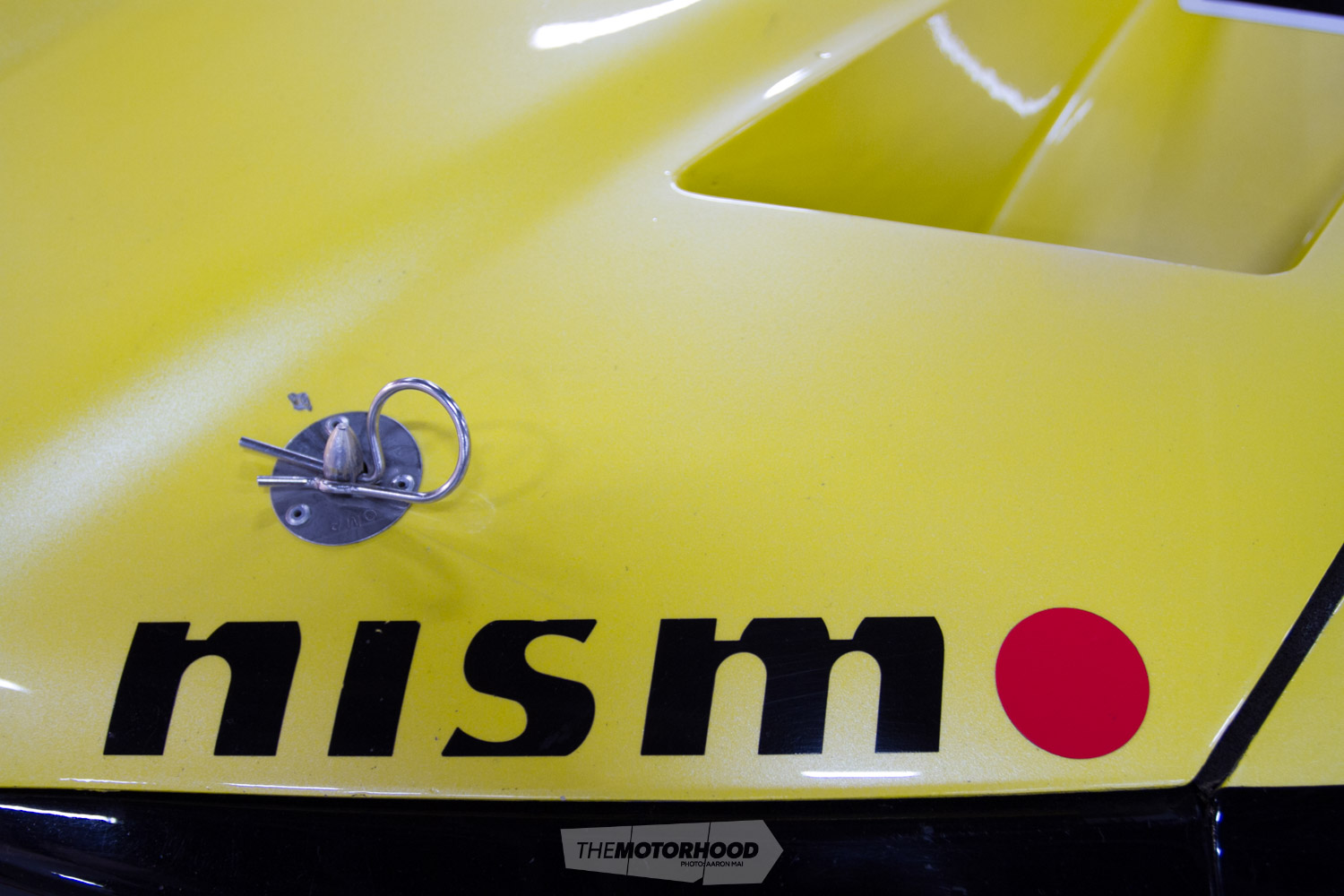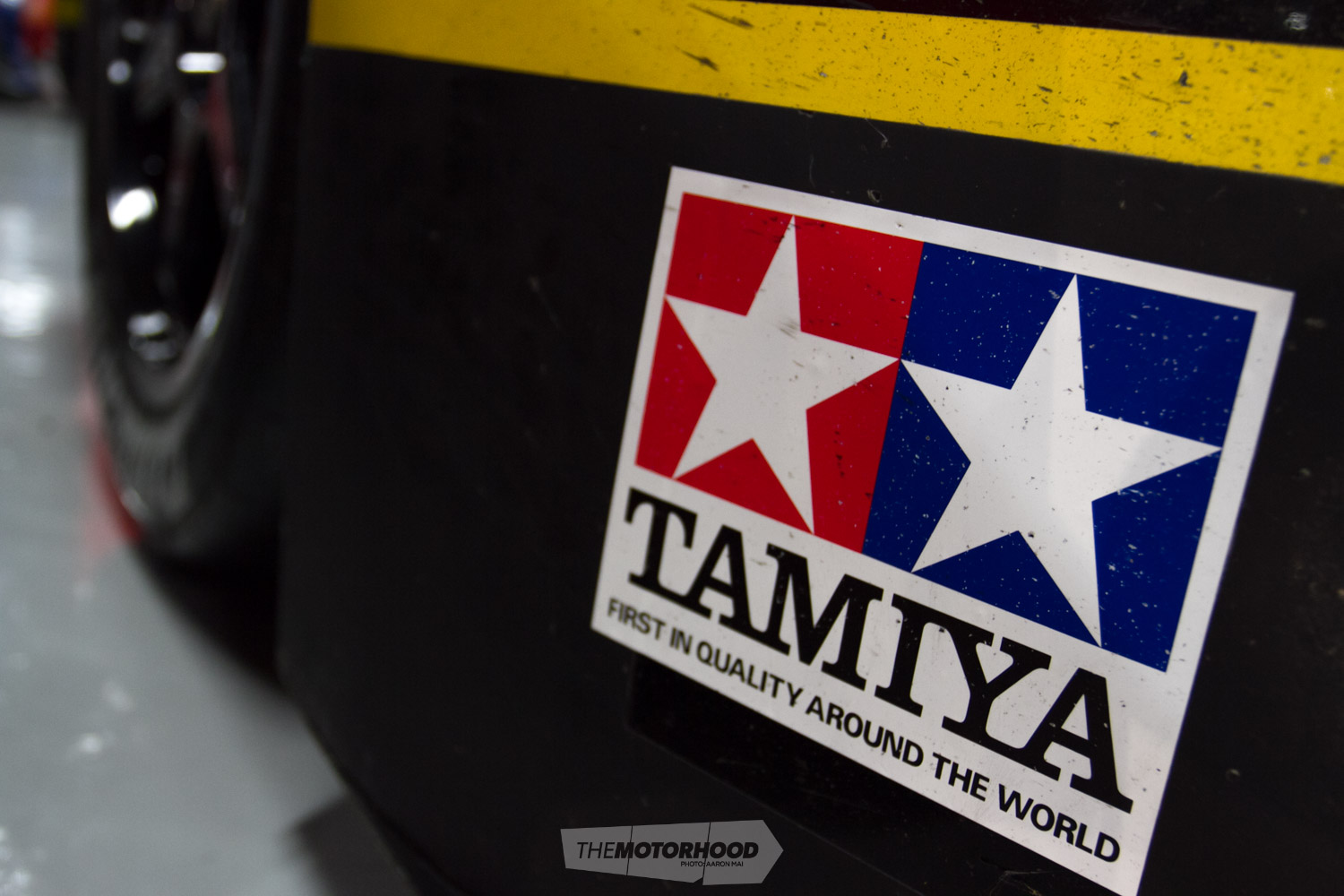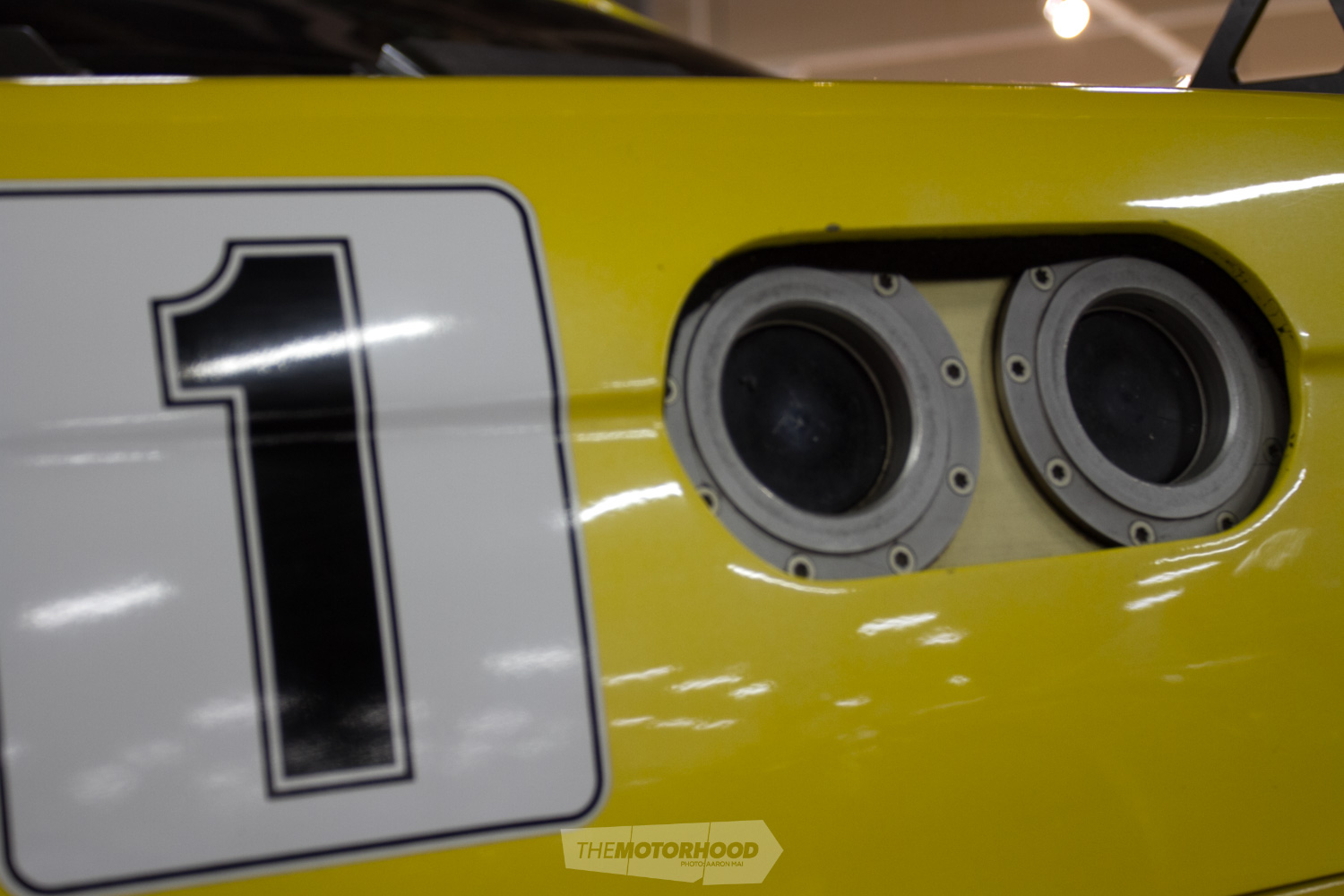Tuning Japanese: reliving the magic of the Pennzoil JGTC R34
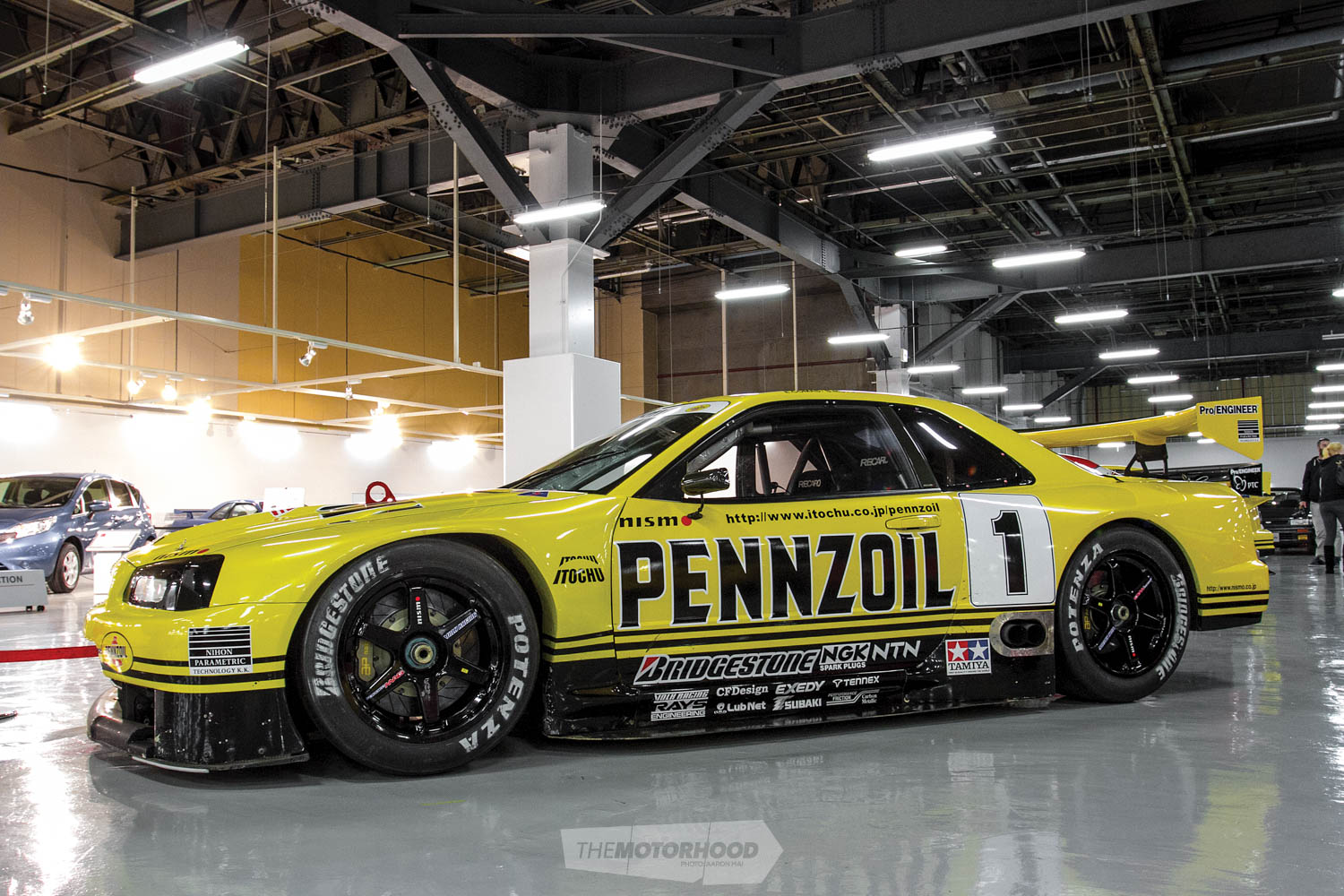
In 1999, I remember coming across a photo of a yellow and black Nissan in Japan that ran in a series known as the ‘All-Japan Grand Touring Car Championship’ (JGTC). It was love at first sight. Since then, this particular Nissan has adorned my computer desktop, I’ve built models of it, and it just seems to be the one car that I can never forget. So, not long ago, I decided to track it down and do something that, as a 15-year-old, I never thought I could — come face to face with it.
Fast-forward some years, and there I was standing in a foyer in Kanagawa. A super-polite Japanese lady ushered me through a red door. The pre-hype, combined with the unknown, tipped my expectations into overload. I was finally about to come face to face with the one race car that has permanently etched itself into my memory: the ’99 JGTC GT500 championship–winning Pennzoil R34 machine built by Nismo, piloted by Satoshi Motoyama and Eric Comas, and wearing the No. 1 door card.
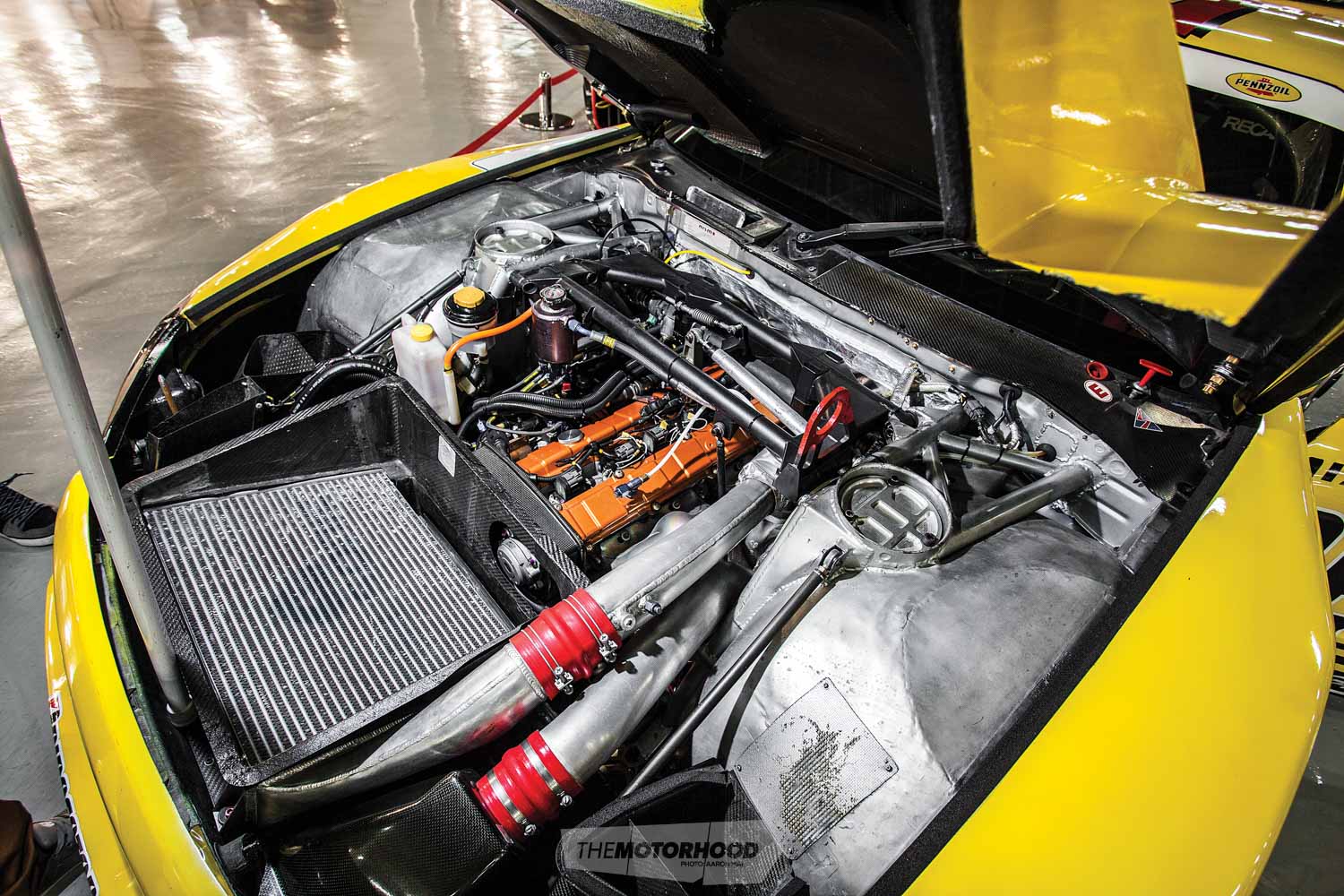
The RRR-stamped RB26 block is the pinnacle of the RB development. Engineered by Nismo to withstand the rigours of road racing, the block has thicker cylinder walls, extra oil and water galleries, and was cast from iron with a higher nickel content. Capacity was increased from 2600cc to 2700cc thanks to a longer 77.5mm stroke
The R34 debuted at Suzuka Circuit in ’99, and it was instantly obvious that it was a different animal to its predecessor, the R33. It is 55mm shorter in the wheelbase to make it more agile, and, except for the roof, the entire body is carbon. It ran larger rubber, and the fuel tank is shifted forward between the rear struts to improve the stability issues previously encountered due to varying fuel levels. It is the last of the JGTC Nissans to run an RB26DETT power plant, based on Nismo’s holy-grail RRR block. With a stroke increased to 77.7mm, bumping displacement to 2700cc, the dry-sumped engine produces 415kW and 500Nm at 6800rpm.
The RB is mated to an Xtrac six-speed sequential gearbox that allowed Motoyama and Comas to crunch through the gears under intense racing conditions, while ensuring that the car finished all seven rounds of the ’99 championship.
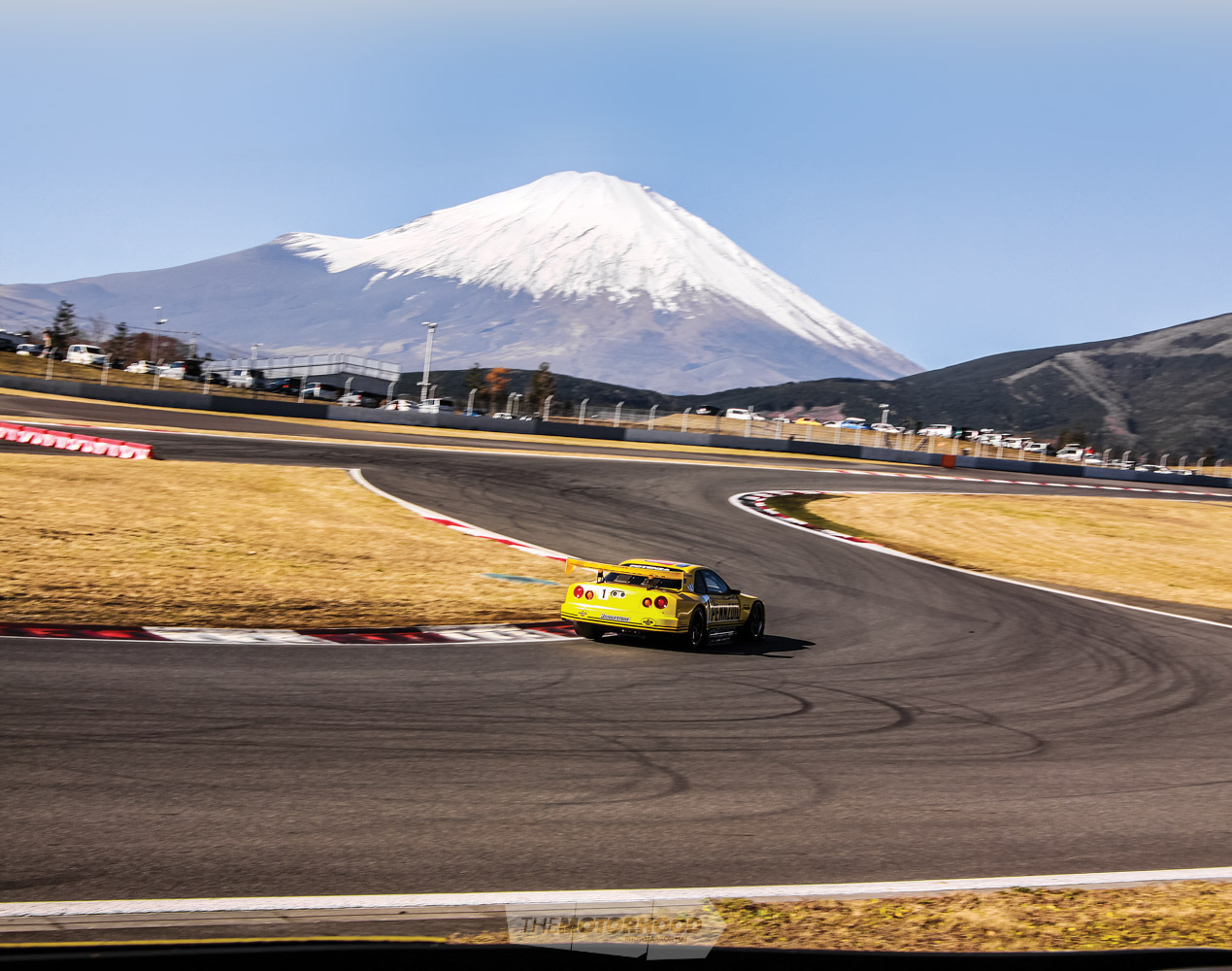
The engine location, being set low and back, provides much better traction for the R34, making it easier to drive than the R33. In true Nismo JGTC style, the brakes are AP Racing six-pot stoppers up front and four-pots in the rear. The wheels, courtesy of Volk Racing, measure 18×12 inches at the front and 18×12.75 inches at the rear and are wrapped in 315 and 335/40R18 Bridgestone Potenza slick sticky rubber. Inside, the cabin is apologetically pure race car, with a no-expense-spared approach to weight saving evident. You could be forgiven for thinking that a carbon-fibre bomb went off in the cockpit, as any weight that could be shaved off, was. The simplistic cocoon-style environment created around the driver allows for anything to be accessed without the driver moving his hands far from the wheel. Space is certainly a premium inside, with the cockpit coming right up to meet the driver. Couple the intricate cage with the passenger side of the cabin, which stores all the electronics, and you have something resembling a cramped Japanese high-rise apartment.
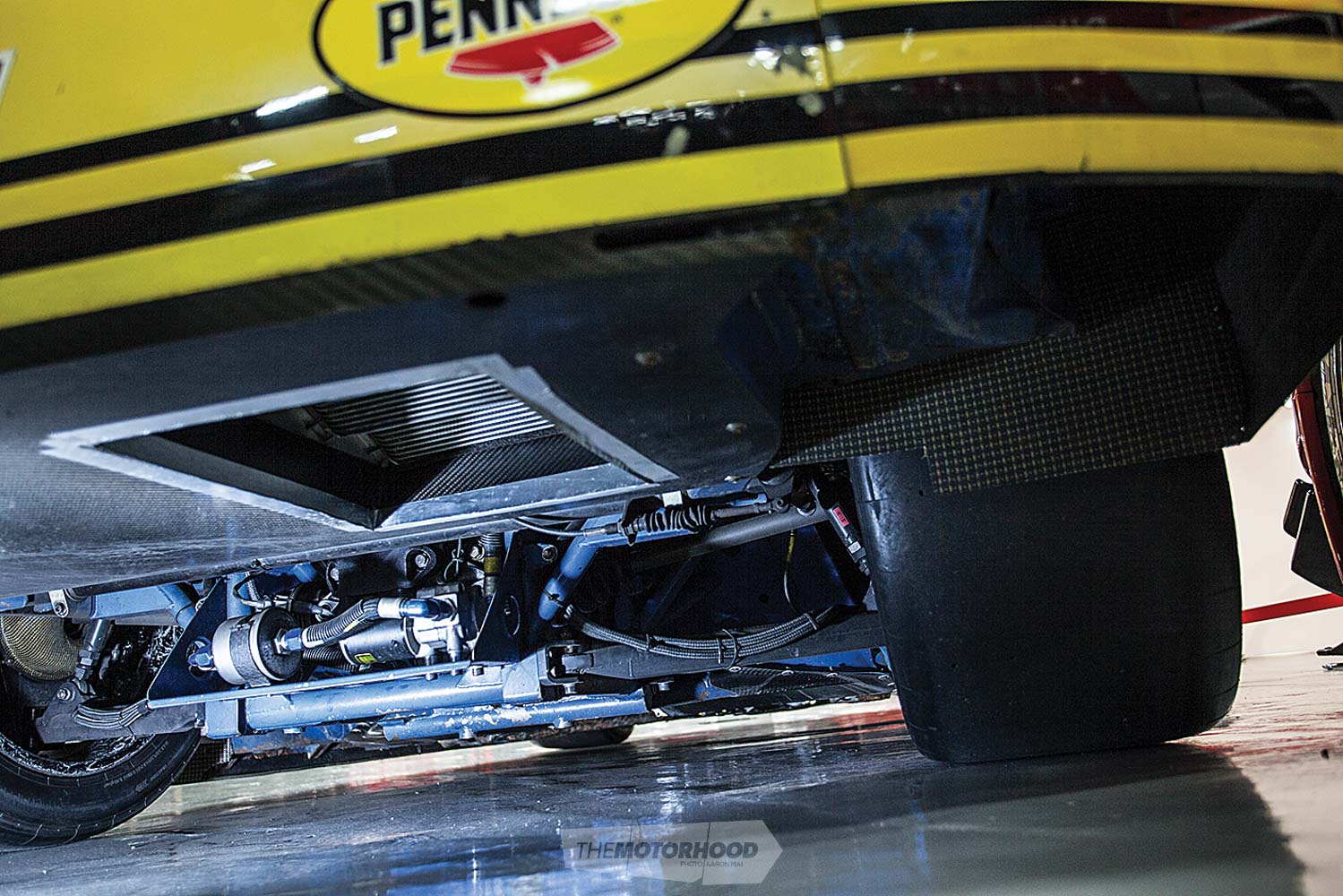
It has now been 18 years since this monster was the pinnacle of Nismo motorsport technology, rubbing paint with other iconic GT500 machines at speeds upwards of 300kph, but, just like a fine wine, it has only gotten better with age. At the time, the Pennzoil livery was already tried and tested, and suited the lines of the R34, as if it had been designed for it. Lined up alongside other iconic cars like the Group 5 silhouette cars and the R32 Calsonic JGTC machine, the R34 certainly holds its own as an integral part of Nissan’s racing pedigree. The Pennzoil R34 is, without a doubt, one of the crown jewels in the Nismo empire, and this car now fittingly calls the DNA (Datsun Nissan Automuseum) home. All the cars within the compound are serviced and maintained regularly by a small tight-knit group of the best mechanics, many of who are now retired but engineered such machines in period, which means the cars aren’t just museum paperweights. The No. 1 machine now sports a passenger seat shoehorned into the cockpit, as its retirement duties include giving a few lucky passengers a first-hand experience of ’90s JGTC.
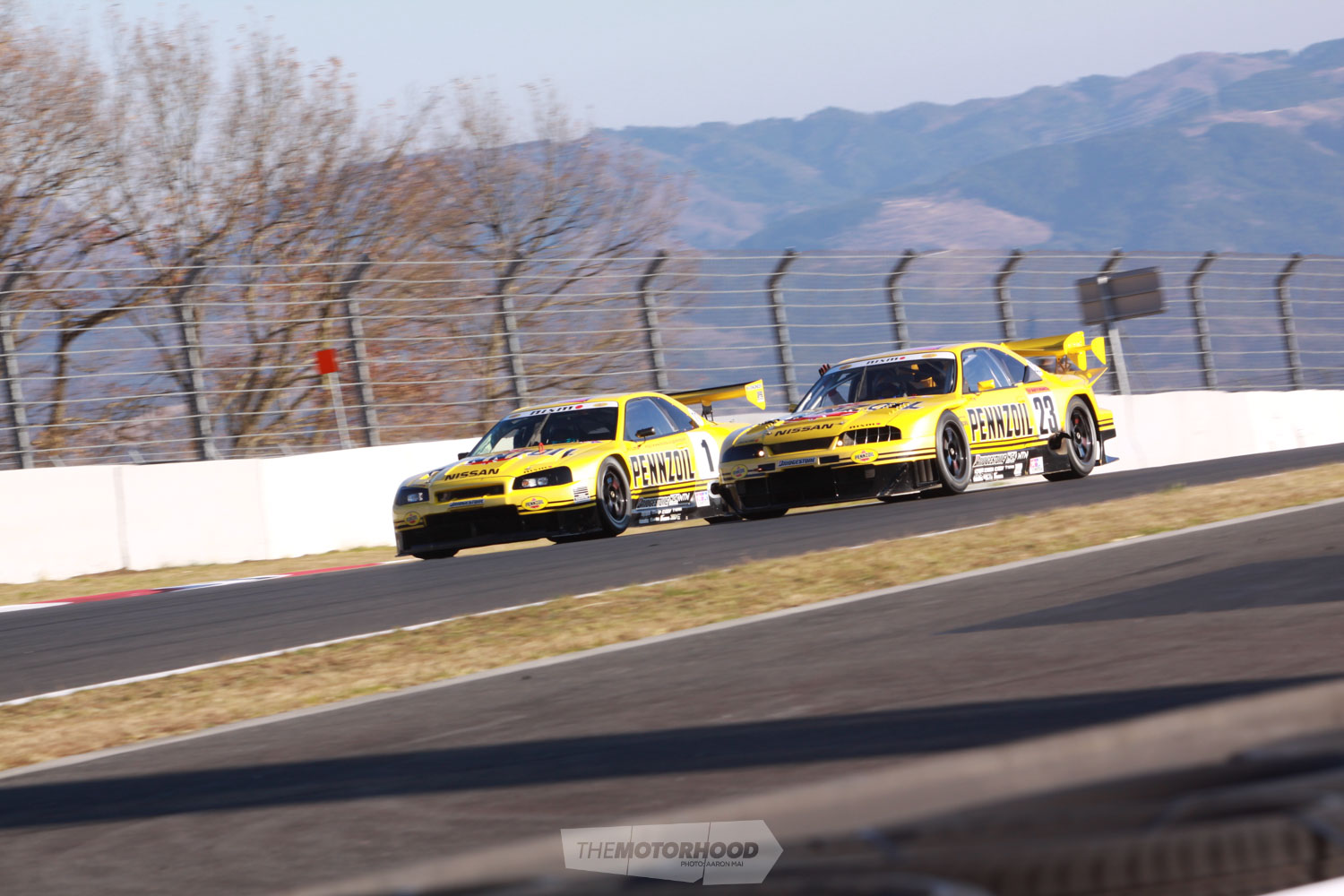
While I might not have been that lucky, simply being at the Nismo Festival held at Fuji Speedway was an incredible experience. The unmissable event entails the most iconic Nissan machinery all coming out to play for one day. It is an event that Nissan describes as “a thank-you to all our loyal fans”. Standing on the front straight while the Pennzoil R34 idled up to its grid box while big brother R33 pulled in alongside sent waves of shivers down my back, the angry 2.7-litre RB engines idling away sounding like a vibrating box of nuts and bolts. After the track was clear of photographers, mechanics, and race queens, it was time to set the cars loose. The rare sight of a group of ’90s JGTC cars hurtling towards a corner, flames belching from the side-draught exhausts, brake rotors glowing, left me mesmerized; it was as if I was 15 all over again. That level of amazement and awe can’t be replicated often — a million feelings, a thousand thoughts, a hundred memories, produced by just one car.

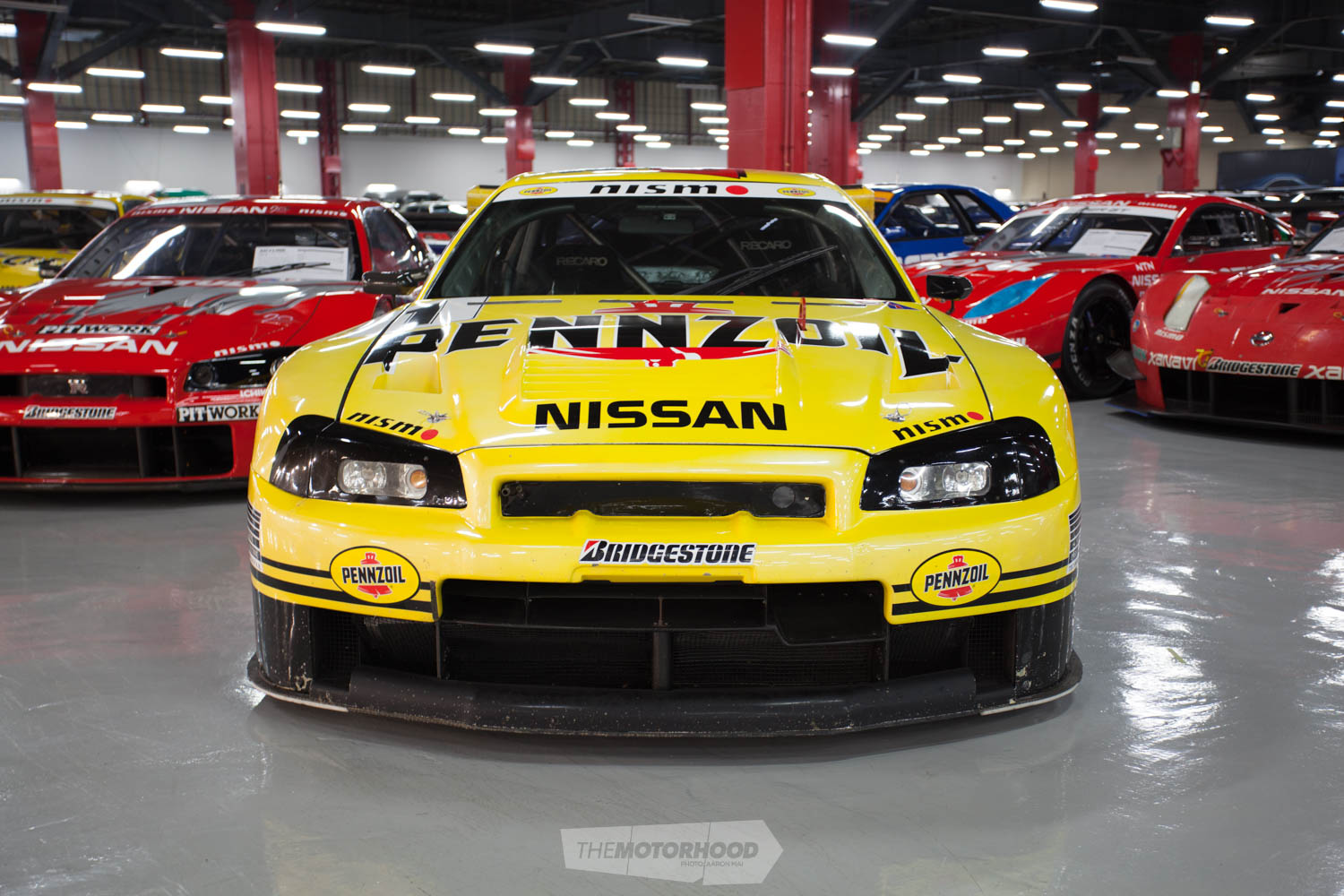
This article originally appeared in NZ Performance Car issue No. 254 — to get your grubby mitts on a copy, click the cover below:





